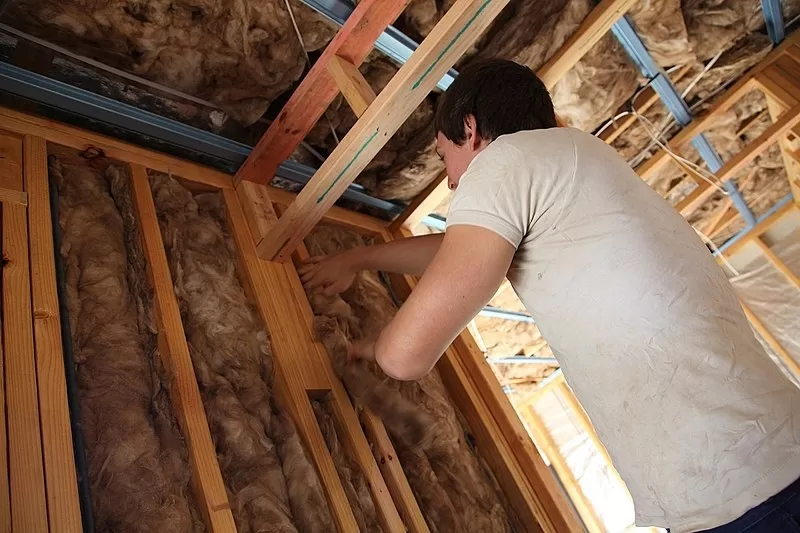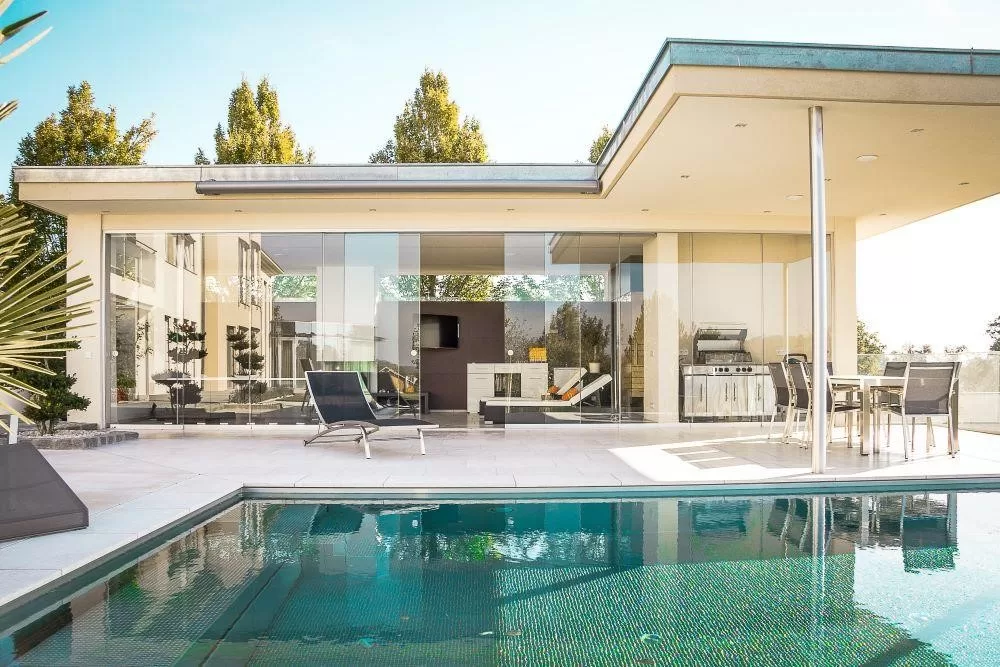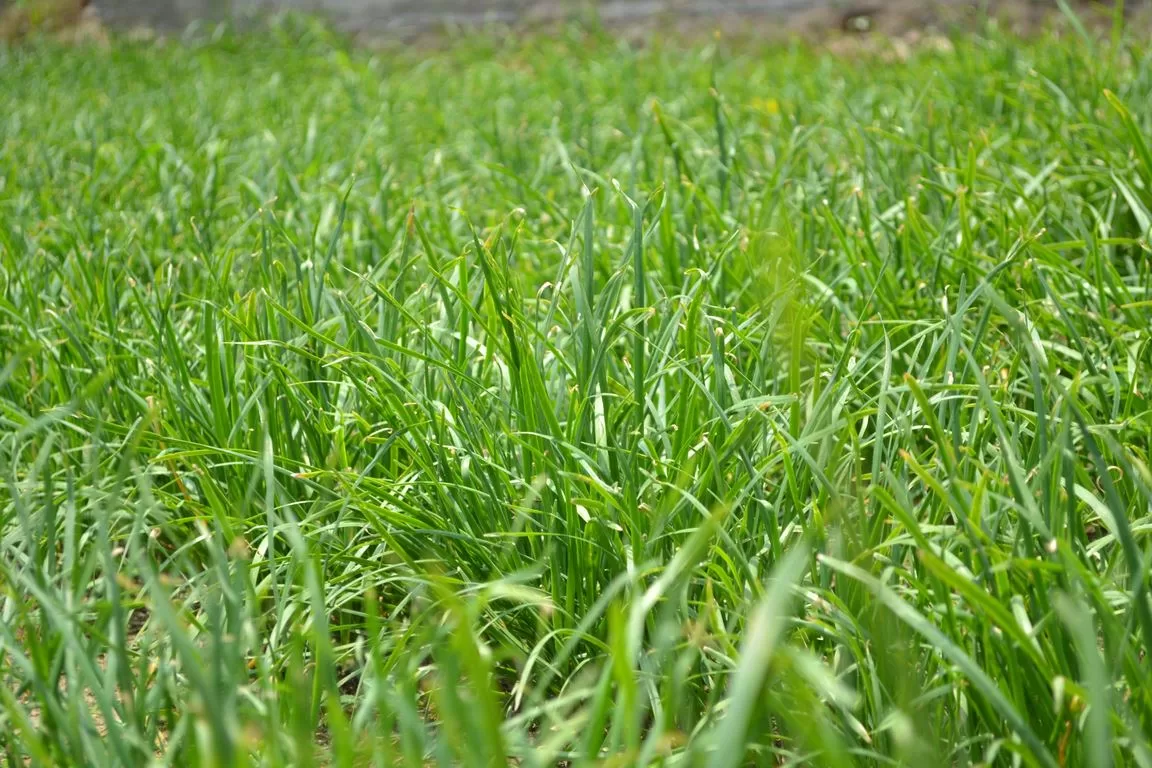Like most people, you probably think of insulation as only necessary in the winter. However, proper insulation is essential all year-round, as it can help keep your home cool in the summer and warm in the winter.

In this blog post, we will provide a guide on how to insulate your Alabama home properly. We will discuss what type of insulation is best for your needs and how to install it correctly.
Introduction to Home Insulation
Before we talk about properly insulating your Alabama home, it’s essential to understand insulation. Insulation is a material that helps keep a home’s temperature regulated and energy efficient.
It does this by trapping air in pockets or fibers, preventing airflow from entering or leaving the house. There are many different types of insulation materials on the market, each offering a different level of performance and cost.
The Climate in Alabama
In Alabama, the climate is hot and humid during the summer months and cold during the winter season. This means that proper insulation can benefit homeowners in both seasons, as it helps keep the home cool in the summer and warm in the winter. Therefore, choosing an insulation material that performs well under these conditions is essential.
Read Also:
Types of Insulation for Your Alabama Home
The type of insulation you choose should be based on several factors: climate, home location, budget, and energy efficiency goals. While all types of insulation are effective at providing thermal protection, some are better suited for certain climates. Here are a few of the most popular insulation options for Alabama homes:
1. Fiberglass
Fiberglass insulation is an affordable, energy-efficient option for many Alabama homes. It is made up of spun glass fibers and is usually sold in batts or rolls, which can be easily installed on walls and attics. While fiberglass insulation typically provides excellent thermal protection, it does not block air infiltration or other materials.
You can install them by cutting the material to fit in between studs or joists and then stapling it into place. It’s essential to wear protective clothing, such as a long-sleeved shirt and gloves before you start to insulate your home.
2. Cellulose
Cellulose insulation is made from recycled paper products, making it an environmentally friendly option. It is also fire and mold-resistant, which makes it a good choice for wet climates. In addition to providing excellent thermal protection, cellulose insulation also helps reduce noise levels in the home.
Cellulose insulation is installed by blowing it into walls or attics through small holes drilled into the wall or ceiling. After the material is in place, it should be sealed with caulk or foam to ensure air-tightness.
3. Spray Foam
Spray foam insulation is one of the market’s most effective types of insulation. It is made from a mixture of chemicals that expand and harden when applied, helping to create an airtight seal in walls or attics. It also provides excellent thermal protection, making it a great choice for Alabama homes.
The downside of spray foam insulation is that it requires professional installation. Unlike other types of insulation, you can’t easily install spray foam yourself. You can ask professionals from iFoam in Prattville. They can help you install spray foam insulation quickly and effectively.
4. Radiant Barrier
Radiant barrier insulation is a reflective material that helps reduce heat transfer between the interior and exterior of the home.
This type of insulation is typically installed in attics, as it can help keep your home cooler in summer. It is also relatively inexpensive and easy to install, making it an excellent option for any budget.
Installing them would require you to staple the material on attics and crawl spaces. It is essential to ensure that the radiant barrier covers as much of the attic as possible for maximum efficiency.
5. Mineral Wool
Mineral wool insulation is made from basalt, a volcanic rock material. It provides excellent thermal protection and can help reduce noise levels in the home. This type of insulation is also fire-resistant. You can install them in walls or attics by cutting the material to size and then stapling it into place.
The Bottom Line
When it comes to insulating your Alabama home, there are a few options that you should consider. Fiberglass, cellulose, spray foam, radiant barrier, and mineral wool insulation can all be used to keep your home comfortable all year round. It is essential to research each option and choose the one that best fits your budget and energy needs.
For more information on how to properly insulate your home, consult a professional before making any decisions.









